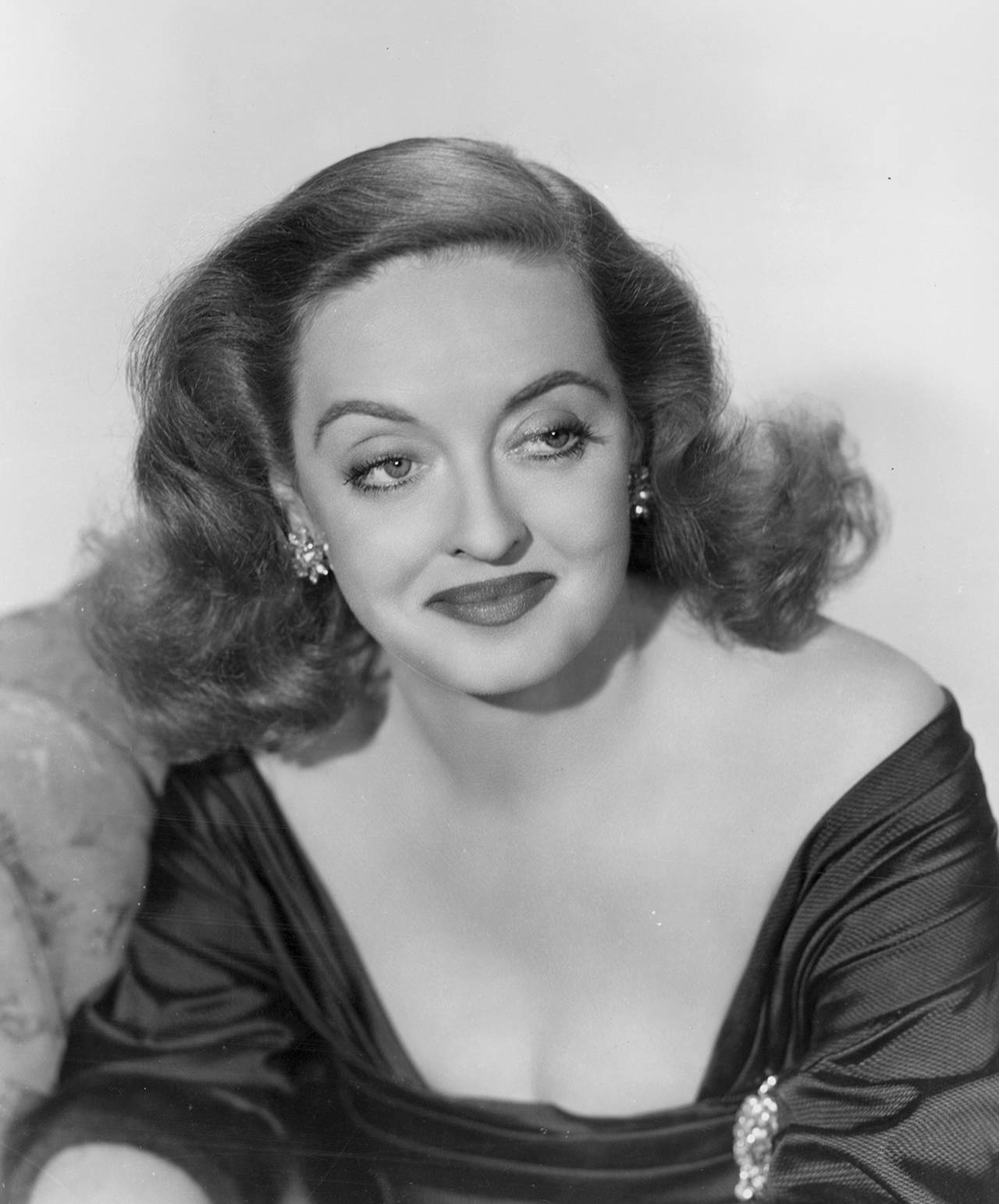By Carolyn Kellogg
Los Angeles Times
A friend and I were standing on a corner waiting for the light to change, talking about the FX series “Feud.” “Isn’t it great,” he said, “how much it winds up on Joan Crawford’s side?” Yes, but no, I started to reply, but the conversation turned away. I wondered if what we saw in the show was a kind of Rorschach test. Who’s the hero: Joan Crawford or Bette Davis?
Being Team Davis, when I stumbled across a paperback of her memoir, “The Lonely Life,” I bought it, brought it home and promptly started reading. As The Los Angeles Times’ book editor, you might expect me to be reading “Plutarch’s Lives” in my spare time — but Hollywood lives are far more interesting.
Idiosyncratic and biased, obfuscatory and boastful, even unctuous and vain, the Hollywood memoir is not going to portray the past in a clear light. But like sriracha on the table, it’s going to bring the heat and make the meal so much better.
“The Lonely Life” was written at the close of 10 “black years,” as Davis called them, at the end of her fourth marriage, living in all but exile from Hollywood — written, in other words, when she had nothing to lose.
In the book, Davis shines when telling the story of her youth, of her single mother’s rule-bending efforts to make a home for her two daughters; when she outlines her own fixation and determination to be an actress, something her mother obsessively supported; and when she takes others to task. Her targets include the brothers Warner, method actors and Hollywood men.
She was married four times and was exasperated by her romantic prospects and her husbands who, when eclipsed by her professionally, felt emasculated and betrayed her. And she always eclipsed them.
Davis won a lead actress Oscar in 1936 for “Dangerous” and in 1939 for “Jezebel,” and while she was nominated eight additional times, those two titles alone give a fairly accurate sense of her screen persona. As an actress, she excelled at strong roles, although she wasn’t always given them at her home studio, Warner Bros., with which she had headline-grabbing contract disputes.
It’s fascinating to read her puzzling through and defending her choices — her work always came first — particularly because she had no Hollywood model to follow. The movie industry had gone through a major sea change just before her arrival, shifting from silent film to sound. That opened the doors to actors trained in theater, like Davis, while most of the silent cohort, whose dramatic style was considered passe packed up and went home.
That’s what happened to Colleen Moore. She was known as the original film flapper and was the top box-office draw in 1926; eight years later, her final film was released. When she’s remembered now (if not confused with imitators Clara Bow or Louise Brooks), it’s for her bob haircut and electric smile. She didn’t bother writing a memoir until 1968; “Silent Star” is now out of print.
I found a copy last month at an estate sale in a rambling, once-grand house destined to be torn down. Among the medical books and photography manuals was a hardcover edition of “Silent Star.”
When I got home, I plowed through Moore’s book. Lighthearted and anecdotal, she recalls her Hollywood days with clarity but seems, with the distance of the intervening decades, to no longer be in their thrall. She begins swiftly dispensing with the Hollywood myth that she’d been discovered by D.W. Griffith — her contract was a payoff for a debt owed her uncle, she writes, joking that even the press man who cooked up the lie eventually came to believe it.
She made her first film in 1917. After years of intermittent, moderate success, she read the flapper novel “Flaming Youth” and begged for the part in the film. Her mother bobbed her hair to prove to the studio that Moore was right for the part. Her look was revolutionary on-screen — legend has it that audiences gasped — and her energetic, modern persona was that of the new generation. The film rocketed her to stardom.
Moore’s book doesn’t detail her departure from Hollywood (after a few years, she found a happy life with a Chicago businessman), but instead focuses on an unusual side project that absorbed her during her transition to her new life.
She called it the Fairy Castle; it was a massive, exquisitely constructed dollhouse that she took on a national tour to raise money for charity. Its library contained an autograph book the size of a postage stamp that was actually signed by Orville Wright, Henry Ford, U.S. presidents and Albert Einstein. And also tiny books with original handwritten stories by 20th century greats, including Sinclair Lewis, John Steinbeck, Edna Ferber and Willa Cather.
In the miniature copy of “This Side of Paradise,” F. Scott Fitzgerald wrote, “I was the spark that lit up Flaming Youth, Colleen Moore was the torch. What little things we are to have caused all that trouble.”
I was surprised to see Fitzgerald pop up in the middle of a memoir by a silent film actress and delighted to see a playfulness that was lacking in his later life. So perhaps I could say that I’m reading for work. That this was bookish after all.


